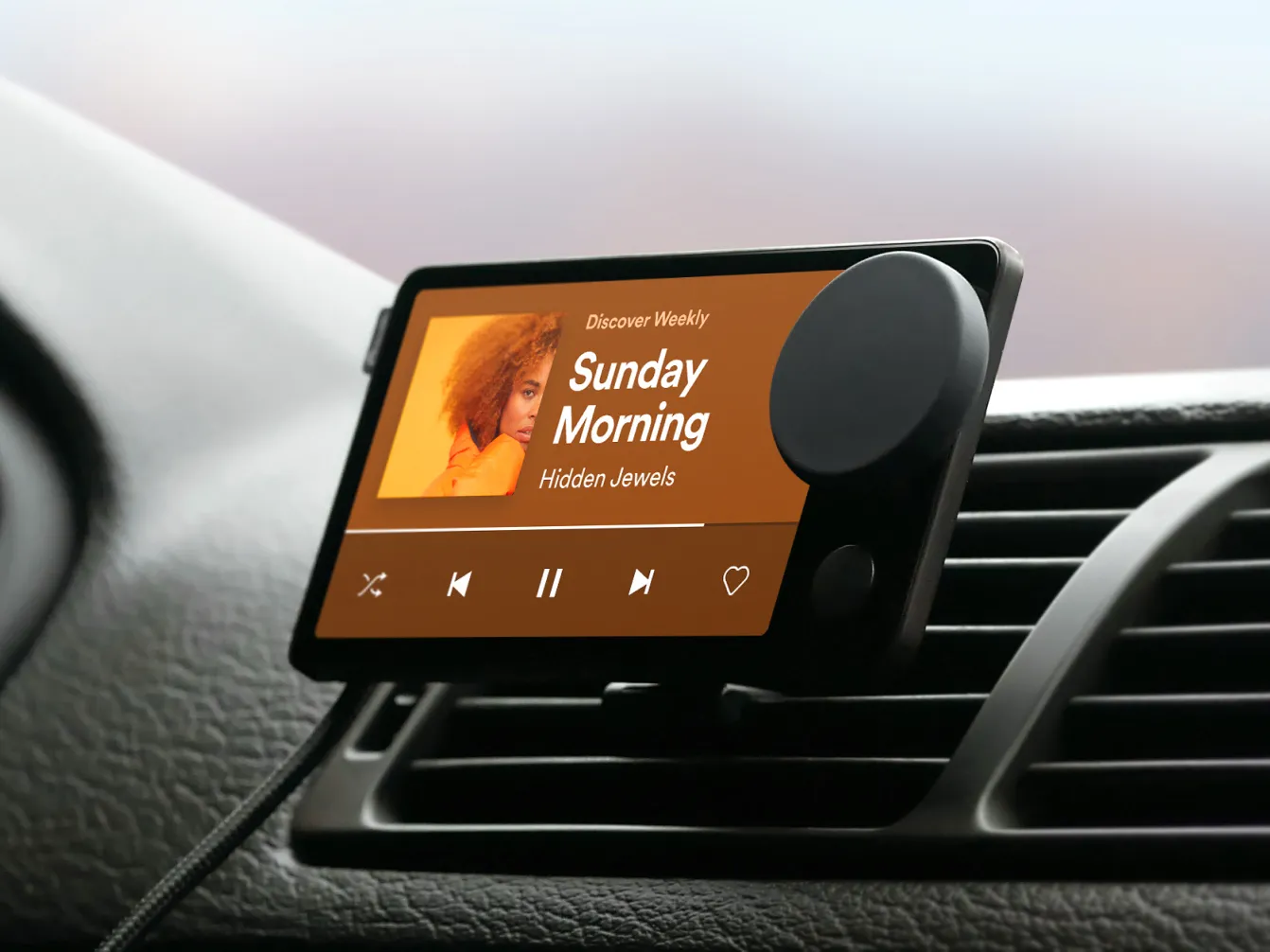Owners of Spotify’s soon-to-be-bricked Car Thing device are begging the company to open source the gadgets to save some the landfill. Spotify hasn’t responded to pleas to salvage the hardware, which was originally intended to connect to car dashboards and auxiliary outlets to enable drivers to listen to and navigate Spotify.
Spotify announced this week that it’s bricking all purchased Car Things on December 9 and not offering refunds or trade-in options. On a support page, Spotify says:
We’re discontinuing Car Thing as part of our ongoing efforts to streamline our product offerings. We understand it may be disappointing, but this decision allows us to focus on developing new features and enhancements that will ultimately provide a better experience to all Spotify users.
Spotify has no further guidance for device owners beyond asking them to reset the device to factory settings and “safely” get rid of the bricked gadget by “following local electronic waste guidelines.”
The company also said that it doesn’t plan to release a follow-up to the Car Thing.
Early Demise
Car Thing came out to limited subscribers in October 2021 before releasing to the general public in February 2022.
In its Q2 2022 earnings report released in July, Spotify revealed that it stopped making Car Things. In a chat with TechCrunch, it cited “several factors, including product demand and supply chain issues.” A Spotify rep also told the publication that the devices would continue to “perform as intended,” but that was apparently a temporary situation.
Halted production was a warning sign that Car Thing was in peril. However, at that time, Spotify also cut the device’s price from $90 to $50, which could have encouraged people to buy a device that would be useless a few years later.
Car Thing’s usefulness was always dubious, though. The device has a 4-inch touchscreen and knob for easy navigation, as well as support for Apple CarPlay, Android Auto, and voice control. But it also required users to subscribe to Spotify Premium, which starts at $11 per month. Worse, Car Thing requires a phone using data or Wi-Fi connected via Bluetooth in order to work, making the Thing seem redundant.
In its Q1 2022 report, Spotify said that quitting Car Thing hurt gross margins and that it took a 31 million euro (about $31.4 million at the time) hit on the venture.
Open Source Pleas
Spotify’s announcement has sent some Car Thing owners to online forums to share their disappointment with Spotify and beg the company to open source the device instead of dooming it for recycling centers at best. As of this writing, there are more than 50 posts on the Spotify Community forums showing concern about the discontinuation, with many demanding a refund and/or calling for open sourcing. There are similar discussions happening elsewhere online, like on Reddit, where users have used phrases like “entirely unacceptable” to describe the news.
A Spotify Community member going by AaronMickDee, for example, said:
I’d rather not just dispose of the device. I think there is a community that would love the idea of having a device we can customize and use for other uses other than a song playback device.
Would Spotify be willing to maybe unlock the system and allow users to write/flash 3rd party firmware to the device?
A Spotify spokesperson declined to answer Ars’ questions about why Car Thing isn’t being open sourced and concerns around e-waste and wasted money.
Instead, a company rep told Ars, in part: “The goal of our Car Thing exploration in the US was to learn more about how people listen in the car. In July 2022, we announced we’d stop further production and now it’s time to say goodbye to the devices entirely.” I followed up with Spotify’s rep to ask again about making the device open source but didn’t hear back.
At this point, encouraging customers to waste nearly $100 on a soon-obsolete device hasn’t resulted in any groundbreaking innovations or lessons around “how people listen in the car.” In their initial response, Spotify’s rep pointed me to a Spotify site that searches Spotify’s newsroom for “how to listen to Spotify in the car.” One of the top posts is from 2019 and states that “if your car has an AUX or USB socket, using a cable is probably one of the fastest ways to connect by using your phone.”
As for Spotify, using customer dollars for company-serving learning experiences isn’t the best business plan. And for regular users, it’s best to avoid investing in an unproven hardware venture from a software company.
As Redditor Wemie1420 put it:

